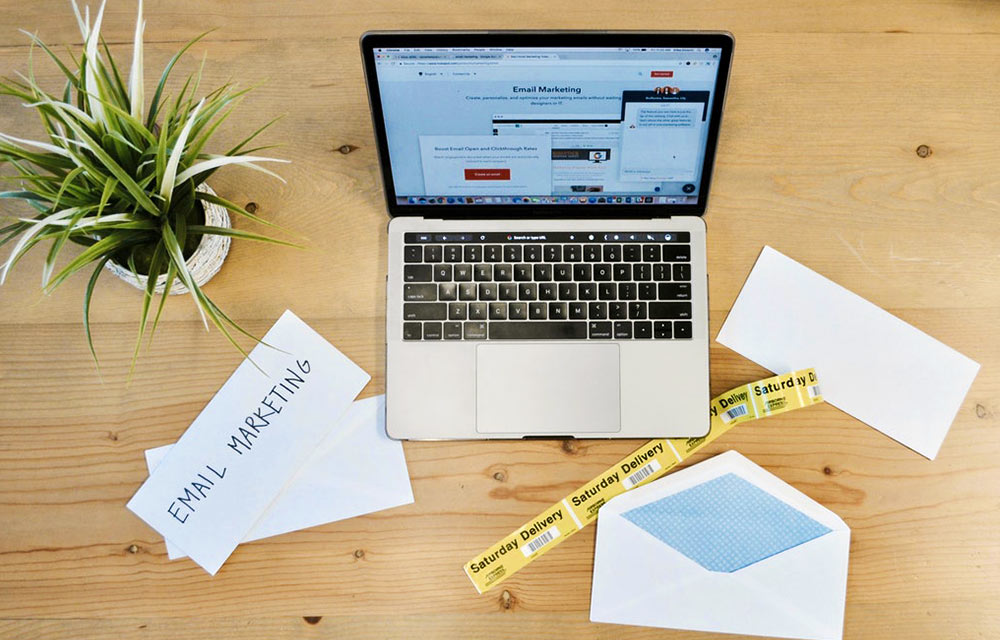There are a number of communication channels at your disposal for promoting your events. including online advertising, web indexing, social networks, flyers, communication by phone, and more. However, the only one that is essential for establishing a long-term relationship with your attendees is email.
When announcing your event by email or sending invitations directly through this channel, you need to ensure that recipients will open them. To improve your chances, your email’s subject line must be well thought-out, as the reader will make their decision in a matter of seconds, among a dozen other emails of different levels of sophistication.
Here are some tips for catching the reader’s attention from the first glance.
Summary
1. Understand the importance of the subject line
The importance of the subject line
It’s statistically proven that 47% of recipients decide whether or not to open an email based solely on its subject.
On average, people read 700 words per minute, whereas the length of an email subject is only around 50 characters. This means that you have only four seconds to engage your reader. Four seconds… to make an attractive and relevant offer.
Consider your audience
For any task related to writing, it’s important to first of all consider the audience. The subject of an event invitation email is no exception. What interests your audience? What will they learn from reading your subject line? Will it interest them and encourage them to open the email and read it?
Define your writing tone
Readers are always more willing to open an email when the subject is written with an original touch. If they think “another email ad” when they receive your email, you’ve lost.
If you word your subject carefully, you will increase your chances of success.
Why are you sending this email?
This isn’t the time for being mysterious. You must be 100% clear about your aim and let customers know exactly what they’re opening. It’s all about cla-ri-ty!
2. Master the essentials
Use the recipient’s name
People are always flattered when they read their name somewhere. That doesn’t change when it comes to emails, even if the person knows that their first name hadn’t necessarily been typed letter by letter by a human.
Attract with action verbs
Make your recipients want to click by adding a call-to-action verb at the start of your subject.
Make sure that your recipients feel privileged
These two examples successfully illustrate what makes someone want to open an email:
- “An offer for you as a loyal attendee of our event”
- “Invitation to the private party on 22 May”
Provide figures
Figures talk — they allow people to assess and envisage future benefits, and to see the big picture. A good practice is to use figures in email subjects. Use them sparingly, and wisely!
Test several variations
You can’t rely on your own predictions. A good way to test email subjects is to choose two really different variations. Play around with all the elements at your disposal, including value, length, tone, content, and so on.
Show these two versions to two audiences of similar sizes, and identify the one that has been most successful.
3. Avoid the obvious pitfalls
No false promises…
Nobody likes a liar. Definitely don’t try to encourage your recipients to open an email by using false promises in the subject. Broken promises have consequences. They may increase your open rate, but they will also increase the unsubscribe rate for your email marketing campaigns. Is this really what you’re looking for?
… or too much extravagance
Capital letters, punctuation and puns must be used sparingly. They often don’t do much, and at first glance remind recipients of spam emails.
Beware of length
An email subject line will be cut off in the recipient’s inbox if it’s too long, especially on a smartphone, so don’t exceed 50 characters.
No more errors
Recipients won’t trust an event that sends emails whose subject lines contain spelling or grammar mistakes. Have at least two people proofread what you’ve written.
Before we finish, here are four examples of relevant and appealing email subjects for events:
- Free workshop: 3 winning marketing strategies
- Your invitation to Pigalle’s Neighbours’ Day
- Only 24 hours left to sign up for our yoga classes
- Monday 23: Spanish speakers’ meeting at the Botanic Garden
As well as your emails’ subject lines, optimising your campaigns’ targeting and segmentation is essential to their success. Our Marketing and CRM tool, WeezTarget, allows you to do this. Write to us by clicking on the button below to get the beta version of WeezTarget now:
You can also discover all the features of our solutions for online ticketing and registration, access control and cashless payment, all specially designed to allow you to learn more about your attendees and thus make your events a success:


